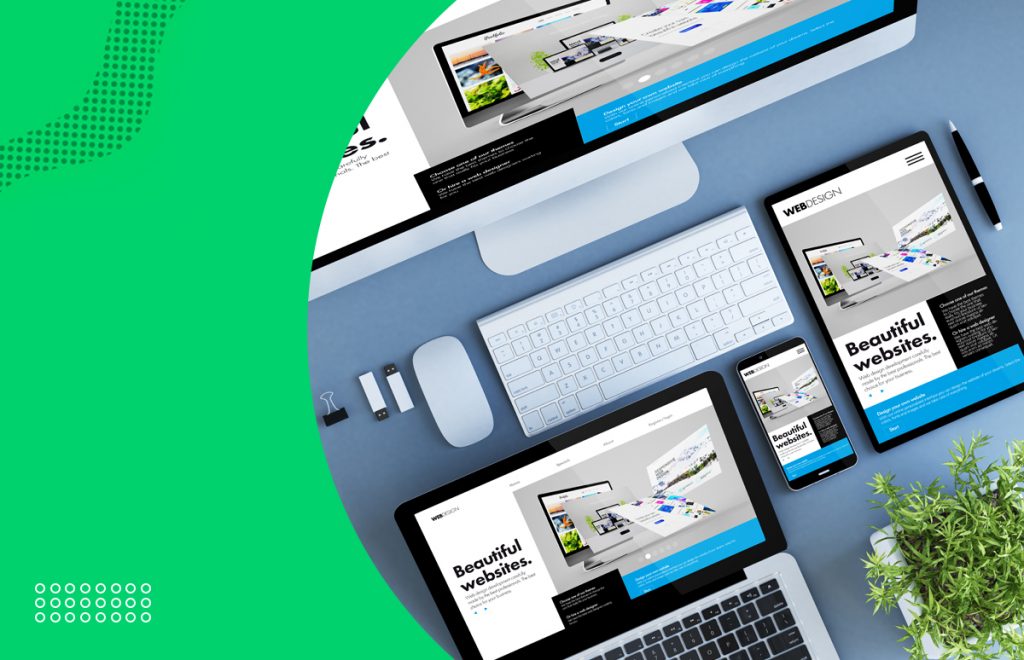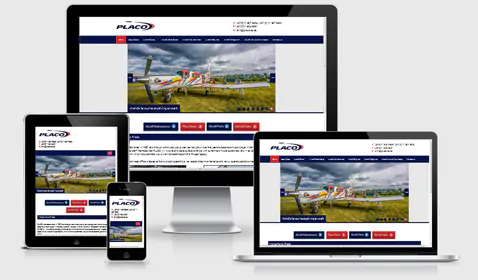How Website Design Can Impact Your Business Success and Online Presence
How Website Design Can Impact Your Business Success and Online Presence
Blog Article
Modern Site Style That Catches Focus and Converts
In an increasingly electronic landscape, modern-day site style has actually become a pivotal consider recording individual focus and driving conversions. By tactically employing visual pecking order, responsive layouts, and involving interactive elements, developers can produce experiences that not only bring in site visitors yet additionally facilitate significant interactions. Reliable call-to-action techniques play a critical duty in guiding customers toward preferred end results. As we check out these crucial elements, it ends up being clear that understanding their interaction can substantially impact an internet site's performance and customer complete satisfaction. What are the crucial aspects that genuinely make a distinction?
Relevance of Visual Pecking Order
Visual pecking order is a crucial aspect in internet site layout, as it guides customers' focus and improves their overall experience. By tactically arranging content, developers can guide individuals to the most essential info first, therefore enhancing interaction and improving functionality.
Integrating a rational flow in material arrangement is necessary; for example, placing one of the most critical information on top of a web page promotes instant acknowledgment. Consistent usage of typography, such as differing font dimensions and designs, helps develop a clear material framework. This company not just help in navigating but likewise constructs count on, as customers feel extra comfy when they can easily locate what they are looking for.
Ultimately, a well-executed visual power structure not just boosts aesthetic allure but also dramatically affects individual behavior. By focusing on necessary elements and making certain a seamless experience, developers can effectively convert visitors right into consumers, enhancing the significance of this foundational style concept in modern web site development.
Responsive Design for All Devices
Creating a seamless experience throughout different tools is important in today's digital landscape, where customers accessibility websites from tablet computers, mobile phones, and desktops alike. Receptive style is an essential strategy that makes sure sites adapt fluidly to various display orientations, dimensions, and resolutions. By using flexible grids, pictures, and CSS media inquiries, developers can develop formats that maintain visual stability and performance, despite the tool being utilized.
The significance of responsive layout expands beyond appearances; it directly influences customer involvement and conversion rates. An internet site that works well on all devices encourages longer visits and lowers bounce rates, as customers are most likely to interact with content that is very easy to navigate. Moreover, search engines, particularly Google, prioritize mobile-friendly sites in their positions, making responsive layout an important element of seo (SEARCH ENGINE OPTIMIZATION)
Integrating receptive layout not only boosts user experience however additionally streamlines the growth process. By producing a solitary website that works across gadgets, services can conserve time and resources contrasted to creating different mobile and desktop variations. Inevitably, receptive layout is a fundamental strategy for modern web site style, making certain accessibility and fulfillment for all users, despite their device.
Engaging Interactive Elements
While a responsive style prepares for a useful internet site, including interesting interactive elements is important for catching individual focus and promoting deeper links. Website Design. Interactive components, such as animations, tests, and clickable infographics, produce a much more dynamic customer experience, urging site visitors to spend more time on the website
Incorporating interactive features can additionally assist users via facility info, making it much easier to digest material. For instance, interactive sliders can illustrate item variants, while ingrained video clips can supply presentations or reviews that reverberate even more than static images or message. Moreover, gamification strategies, like benefits for completing tasks or engaging with content, can enhance user inspiration and retention.
Effective use of interactive aspects not find more information just improves the user experience but can additionally lead to greater conversion prices. It is crucial to stabilize interactivity with performance; excessively complex attributes might prevent website rate, adversely affecting individual satisfaction.
Streamlined Navigating Practices
Efficient navigation is a keystone of any successful website, as it directly influences individual experience and material availability. Structured navigation methods make sure that customers can conveniently situate information, enhancing their communication with the website. A well-structured navigating menu need to be intuitive and straightforward, commonly featuring you could try these out a minimal variety of primary categories to avoid overwhelming site visitors.
To accomplish streamlined navigating, developers need to focus on a hierarchical structure that practically arranges material. Executing breadcrumb trails can give individuals with context about their present place within the site, permitting for smooth backtracking. Furthermore, utilizing drop-down food selections can successfully save room while still giving accessibility to subcategories.
Responsive style is important, as navigating ought to be useful across all tools (Website Design). Mobile customers, particularly, take advantage of touch-friendly food selections and collapsible areas that preserve usability without jeopardizing visual appeals

Reliable Call-to-Action Techniques
A well-crafted call-to-action (CTA) is vital for guiding users towards preferred end results on a site, as it motivates them to involve with content or purchase. To maximize their efficiency, CTAs must be clear, engaging, and strategically positioned throughout the site.
First, utilize action-oriented language that connects seriousness or worth, such as "Start," "Sign up with Now," or "Claim Your Price cut." This language not just motivates individuals yet additionally sets clear assumptions concerning the next actions.
2nd, take into consideration design aspects; CTAs need to stand apart my response visually with contrasting shades, ample whitespace, and popular positioning. A switch that is easy to see and click rises the possibility of individual communication.
In addition, personalizing CTAs based upon customer behavior or demographics can substantially boost interaction. Tailored messages resonate much more with individuals, driving greater conversion rates.

Verdict
These elements jointly boost customer experience, ensuring that site visitors continue to be involved and encouraged to check out material even more. By prioritizing these design concepts, companies can dramatically boost individual retention and conversion rates, ultimately leading to greater success in the electronic landscape.
In a significantly electronic landscape, contemporary website layout has actually emerged as a pivotal variable in recording user interest and driving conversions.Visual power structure is a crucial component in web site design, as it guides customers' interest and enhances their total experience.The significance of responsive layout prolongs beyond aesthetic appeals; it directly influences customer interaction and conversion prices.Integrating receptive style not just improves user experience however also simplifies the growth procedure. Eventually, receptive style is a basic strategy for modern-day web site layout, making sure availability and fulfillment for all users, regardless of their tool.
Report this page